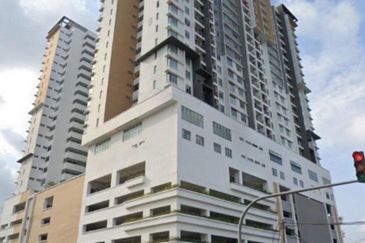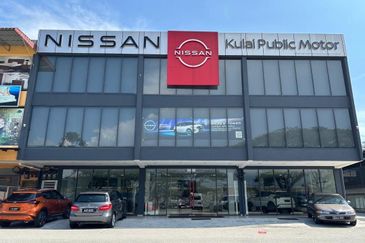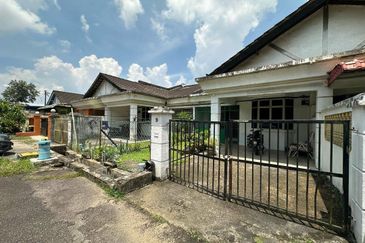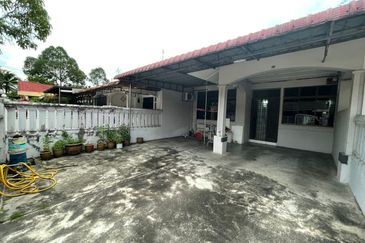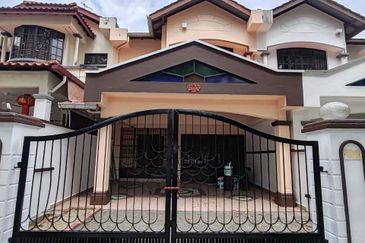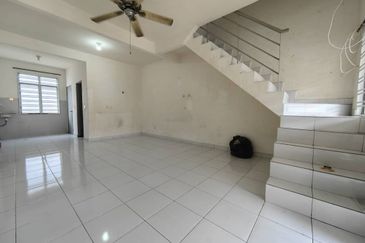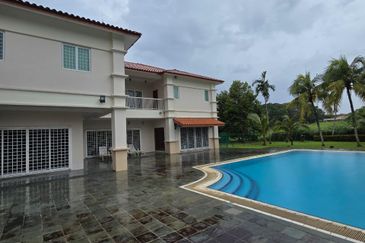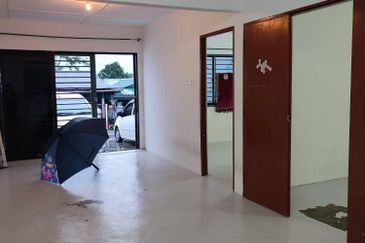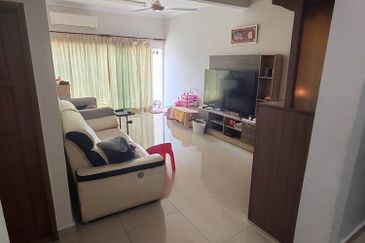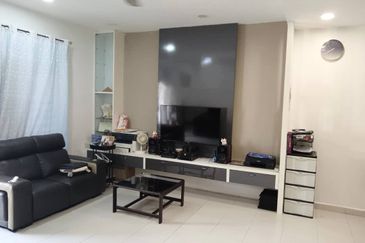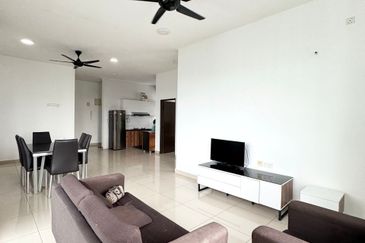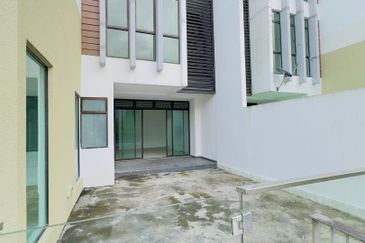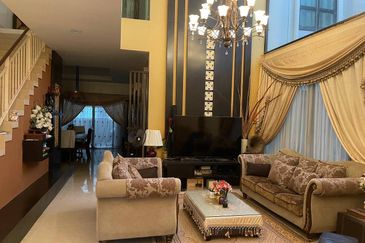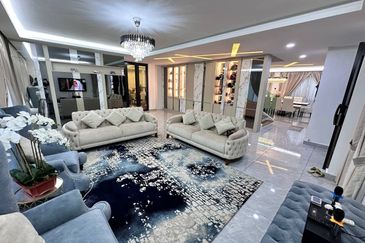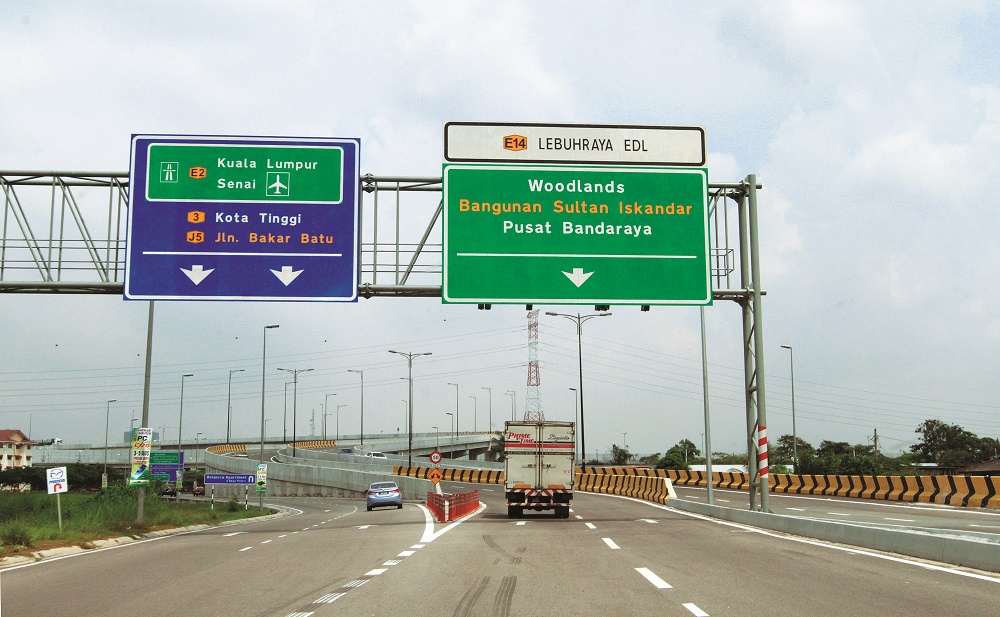
THE RM1.25 billion Eastern Dispersal Link (EDL) in Johor has not been a rewarding investment for Malaysian Resources Corp Bhd (MRCB) so far. Between the lower-than-expected traffic volume and heavy debt, it has been a deadweight for the group’s balance sheet and a drag on earnings.
So much so that it has eclipsed the impressive growth in MRCB’s construction order book to RM6.6 billion over the past couple of years. This includes mega projects like the third LRT line and the refurbishment of Bukit Jalil Stadium.
Monetising property assets hasn’t helped much either — getting RM740 million for Platinum Sentral last year and RM640 million for Menara Shell this year has not done much for the group’s share price.
In short, MRCB has to dispose of the highway to turn the corner and unlock its potential.
The good news is that on Oct 14, it announced two indications of interest for the EDL. PLUS Malaysia Bhd is one of the interested parties and certainly has the financial appetite to acquire the asset, and enjoy some synergy as well. The second party was not named.
Off the bat, the group’s share price climbed 5.3% to close at RM1.39 last Friday, just shy of a 52-week high, and 37% higher than the low of RM1.02 in early June.
But the divestment of EDL is not a done deal at this juncture. If it fails to materialise, the upward trend of MRCB’s share price may reverse.
“Given the persistent mismatch between the company’s cash-generating ability and the annual debt repayments (owing to weak traffic volumes since the commencement of tolling at the EDL), the rating of the sukuk could be downgraded in the coming months should the indicative buyout offers not materialise and/or the company not make any headway in its refinancing plans,” RAM Ratings wrote in a report last weel pertaining to the EDL’s RM845 million senior sukuk programme.
Arguably, MRCB can support the EDL as the parent company, but to what extent?
RAM Ratings notes that MRCB “has sought lenders approval to defer principal payments for a term loan facility from July 2016 to November 2016, stemming from insufficiency of funds”.
“Despite this, we have been informed that the profit payments under the senior sukuk will continue to be paid on its due date,” the ratings agency says.

As it stands, MRCB has had to extend financial help to the EDL to meet the latter’s financial obligations. On top of that, the EDL also cost MRCB RM30.3 million in amortisation charges in FY2015.
In short, MRCB really needs to dispose of the EDL, and quickly.
But after several years of trying, the question is, will MRCB be able to dispose of an undesirable asset, let alone for a good price?
Recall that the EDL, which is only 8.1km in length, is one of the shortest tolled highways in the country. On top of that, it is one of the most expensive, costing RM1.2 billion to build, or RM148 million per km. Even stripping out RM300 million incurred as financing cost during construction, the highway still costs RM111 million per km.
This is often compared to the 7.7km-longAmpang-Kuala Lumpur Elevated Highway (Akleh), which cost RM751 million, or RM95 million per km.
But Akleh is strategically located in the heart of Kuala Lumpur while the EDL only connects the North-South Expressway to the Tanjung Puteri Customs, Immigration and Quarantine Complex — a route that has a number of alternatives.
According to RAM Ratings, the EDL saw an average daily traffic volume of 42,716 vehicles for the first nine months of 2016, down 1.6% year on year. The average daily traffic in FY2015 was 43,412 vehicles. RAM Ratings expects traffic volumes to fall further by 1.8% for the full year.
One major challenge to tolling operations is its exposure to the Causeway that links Malaysia and Singapore.
Every time toll charges are raised on the Causeway, the traffic volume on the EDL drops. In 2014, a return trip to Singapore in a car would cost RM5.90 for the toll and S$20 for a vehicle entry permit (VEP) a day. Today, the VEP has shot up to S$35 a day while the toll rate has increased to RM36.
Against this backdrop, MRCB collected RM115 million in revenue from the EDL for FY2015. However, most of the funds were used to pay financing costs. For perspective, revenue for the highway used to be higher before tolling operations began. The government was then paying compensation of RM11 million a month, or RM132 million a year.
Recall that tolling operations were supposed to start in early 2012, but the government chose to defer it and thus had to pay compensation to MRCB. Tolling operations only began in August 2014.
In contrast, the EDL’s finance costs are estimated at RM95 million to RM100 million each year, consuming almost all the earnings. Note that the EDL also incurred an estimated RM17.9 million in operational and capital expenditure in FY2015.
Looking ahead, traffic volumes are expected to remain relatively flat for the foreseeable future. If anything, RAM Ratings anticipates the risk is on the downside, with toll charges likely to be higher to enter Singapore.
The trouble is, the finance costs are expected to go up over the next few years as principal payments come due. This is because the EDL was financed on a relatively short tenure compared to the concession, which runs for 34 years.
The EDL has RM845 million in senior sukuk with a tenure of 10 to 17.5 years. Meanwhile, the junior sukuk of RM199 million has a tenure of 18 to 19.5 years. On top of that, the profit rate (or interest rate) of the sukuk is not low either, at 6.33% to 8.35% a year for the senior sukuk and 10.05% to 10.40% for the junior sukuk.
Value lies in refinancing
Interestingly, the real value in the EDL may not necessarily lie in the asset, but in the debt. If the acquirer can refinance the debt for a longer tenure and at better ratings, it could drastically reduce the financing costs.
Keep in mind that RAM Ratings has placed ratings of BB3 and D on EDL’s senior and junior sukuk respectively, with a negative outlook for both. The junior sukuk was downgraded in December last year because profit payments had to be deferred.
 “While payments on the junior sukuk are deferrable and cumulative under the terms of its trust deeds, RAM Ratings view the deferment of the profit payments as a default,” RAM wrote in December 2015.
“While payments on the junior sukuk are deferrable and cumulative under the terms of its trust deeds, RAM Ratings view the deferment of the profit payments as a default,” RAM wrote in December 2015.
If a new owner is able to refinance the bonds at a longer tenure, coupled with the right corporate guarantees, it could easily command a better rating. In turn this could greatly reduce the cost of borrowing and create value for the acquisition.
On top of that, a buyer like PLUS would also enjoy some synergistic benefits.
But that isn’t the only factor to consider. Take the SILK (System Lingkaran-Lebuhraya Kajang) Highway for example, which is also saddled with heavy debts. SILK Holdings Bhd has attempted to dispose of the highway multiple times as well, with the hope of refinancing the bonds to create value. However, the bondholders moved to block the disposal and the subsequent refinancing.
The major difference however, is that the SILK bonds have already been refinanced once in the past and the bondholders now enjoy highly favourable terms. In contrast, the EDL may still have room to refinance the bonds for a win-win for both the bondholders and the potential new buyer.
If that middle ground can be found, MRCB’s shareholders will be able to breathe a big sigh of relief.
This article first appeared in The Edge Malaysia on Oct 24, 2016. Subscribe here for your personal copy.
TOP PICKS BY EDGEPROP
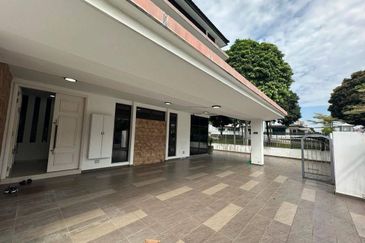
Eco Botanic
Iskandar Puteri (Nusajaya), Johor
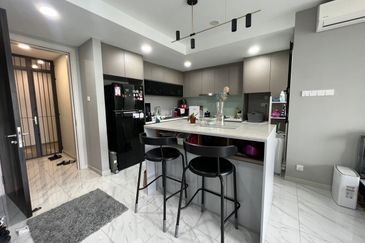
South Brooks @ Desa ParkCity
Desa ParkCity, Kuala Lumpur
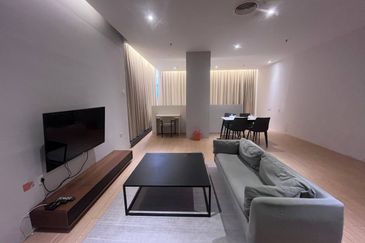
Bangsar Trade Centre
Jalan Pantai Baharu, Kuala Lumpur
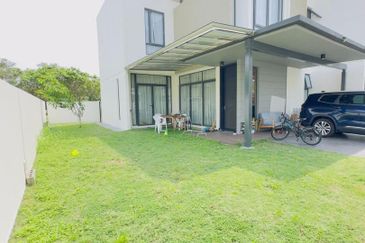
Avira Garden Terraces @ Medini
Iskandar Puteri (Nusajaya), Johor
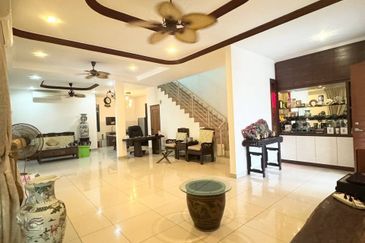
Horizon Hills @ Golf East
Horizon Hills, Johor


